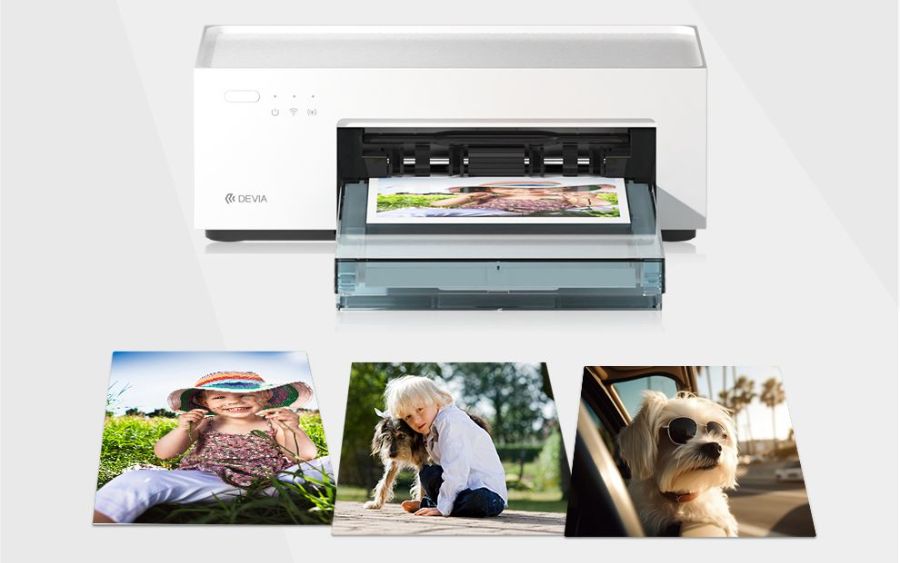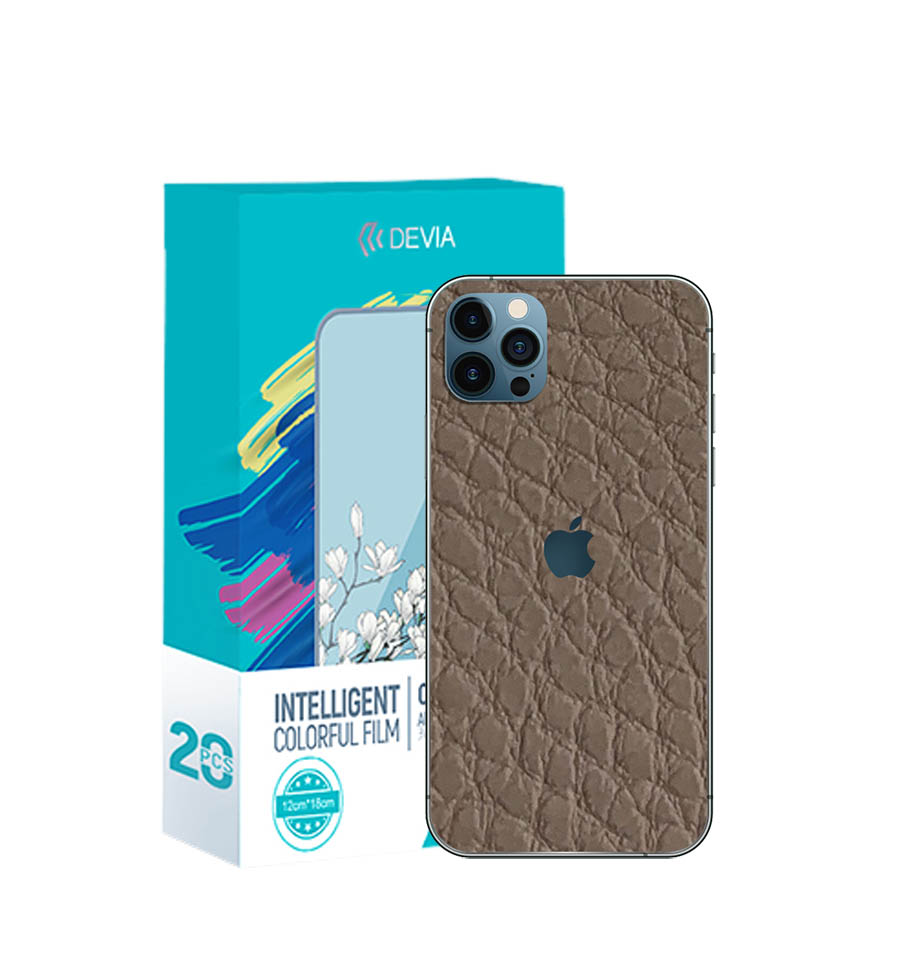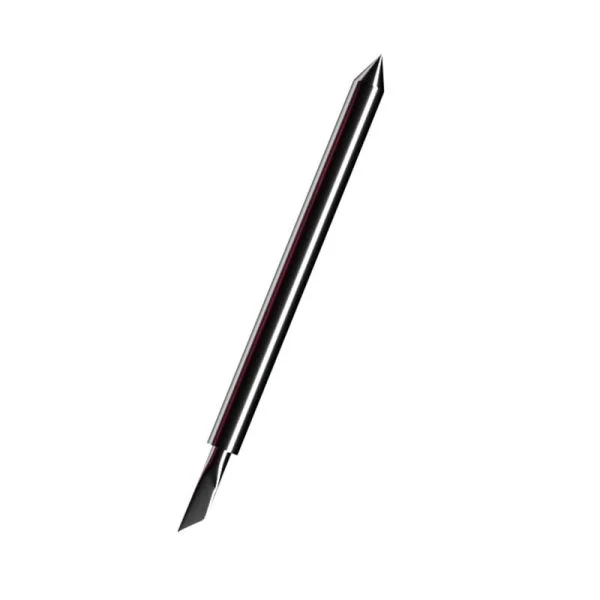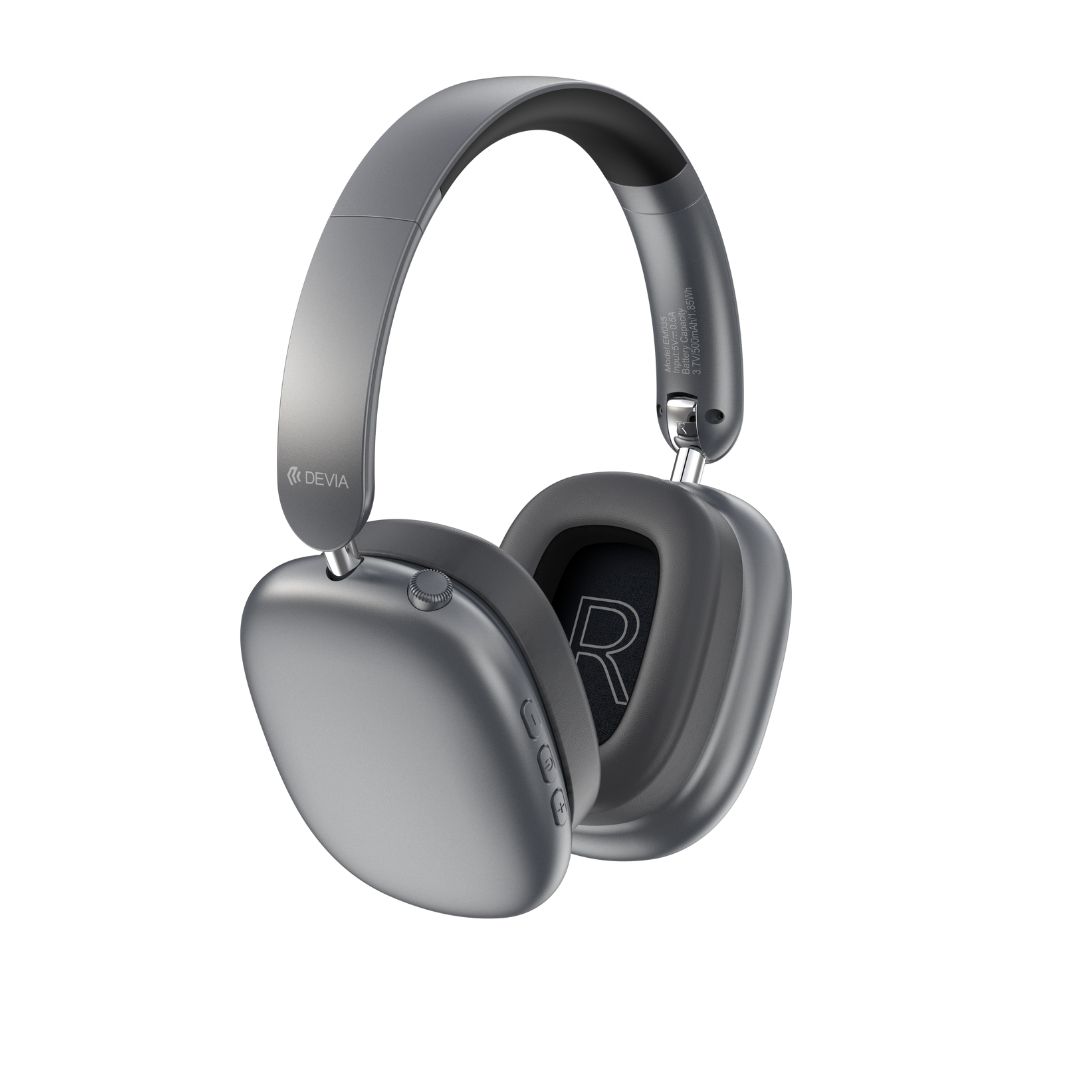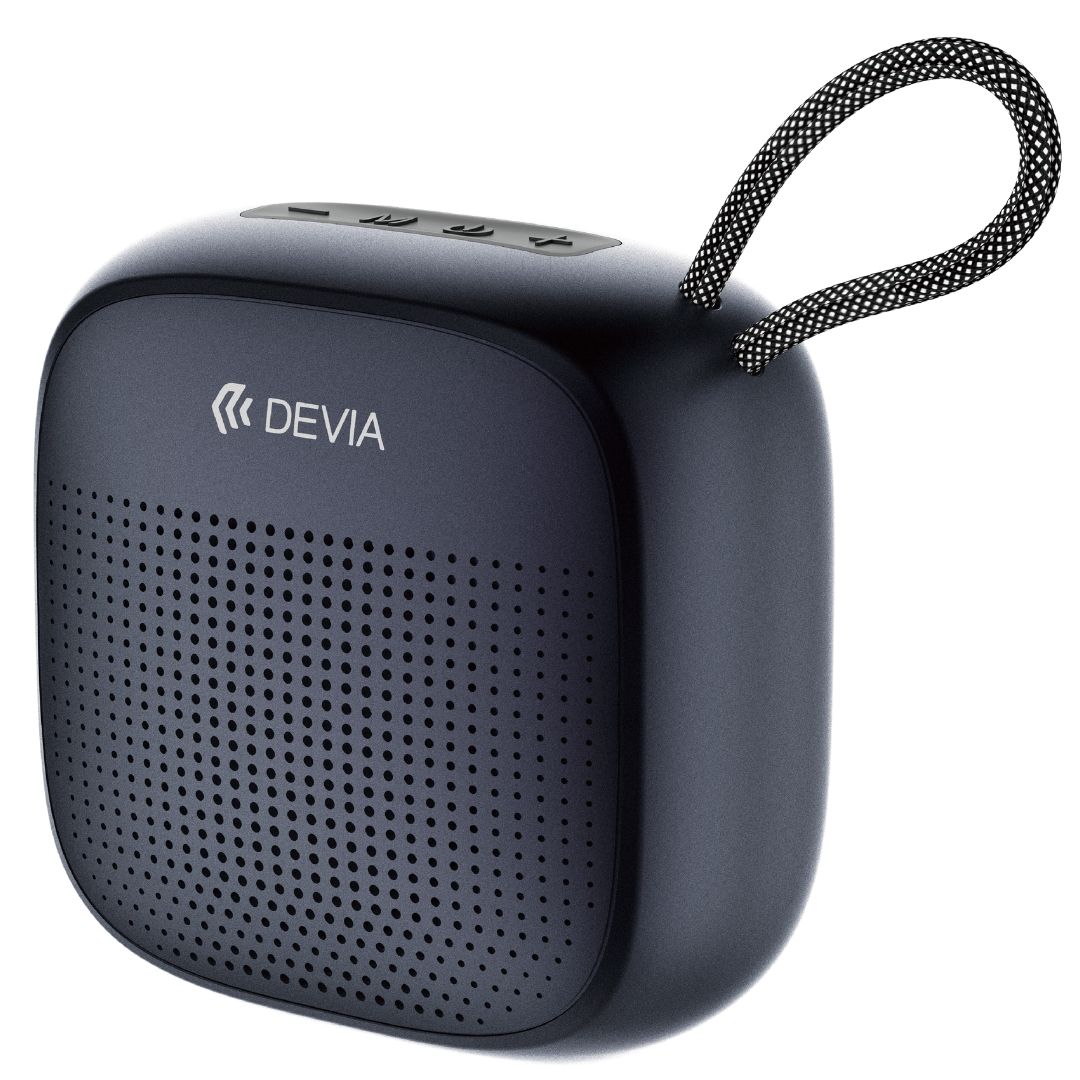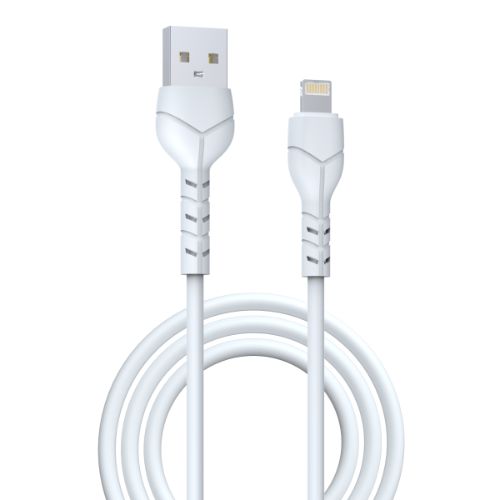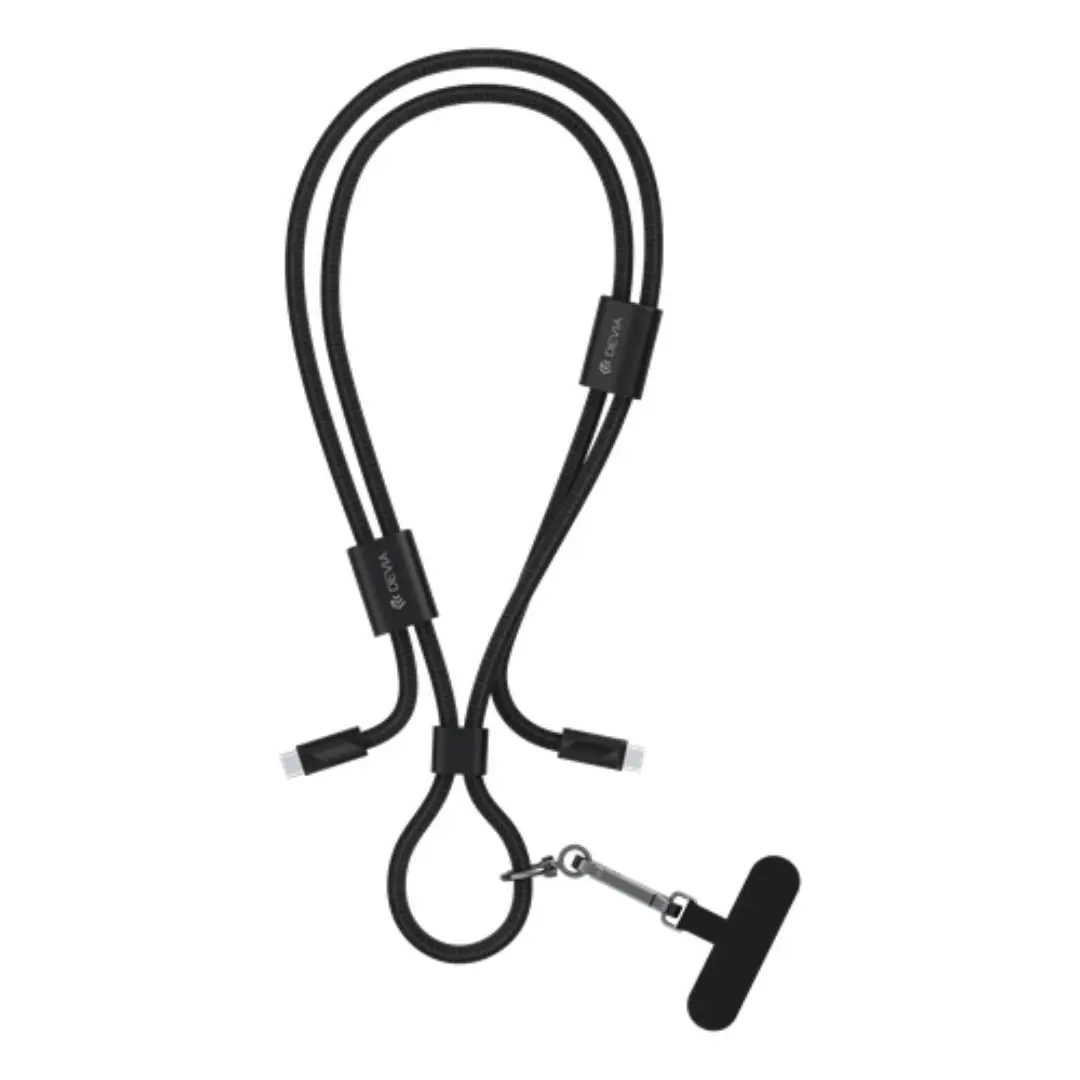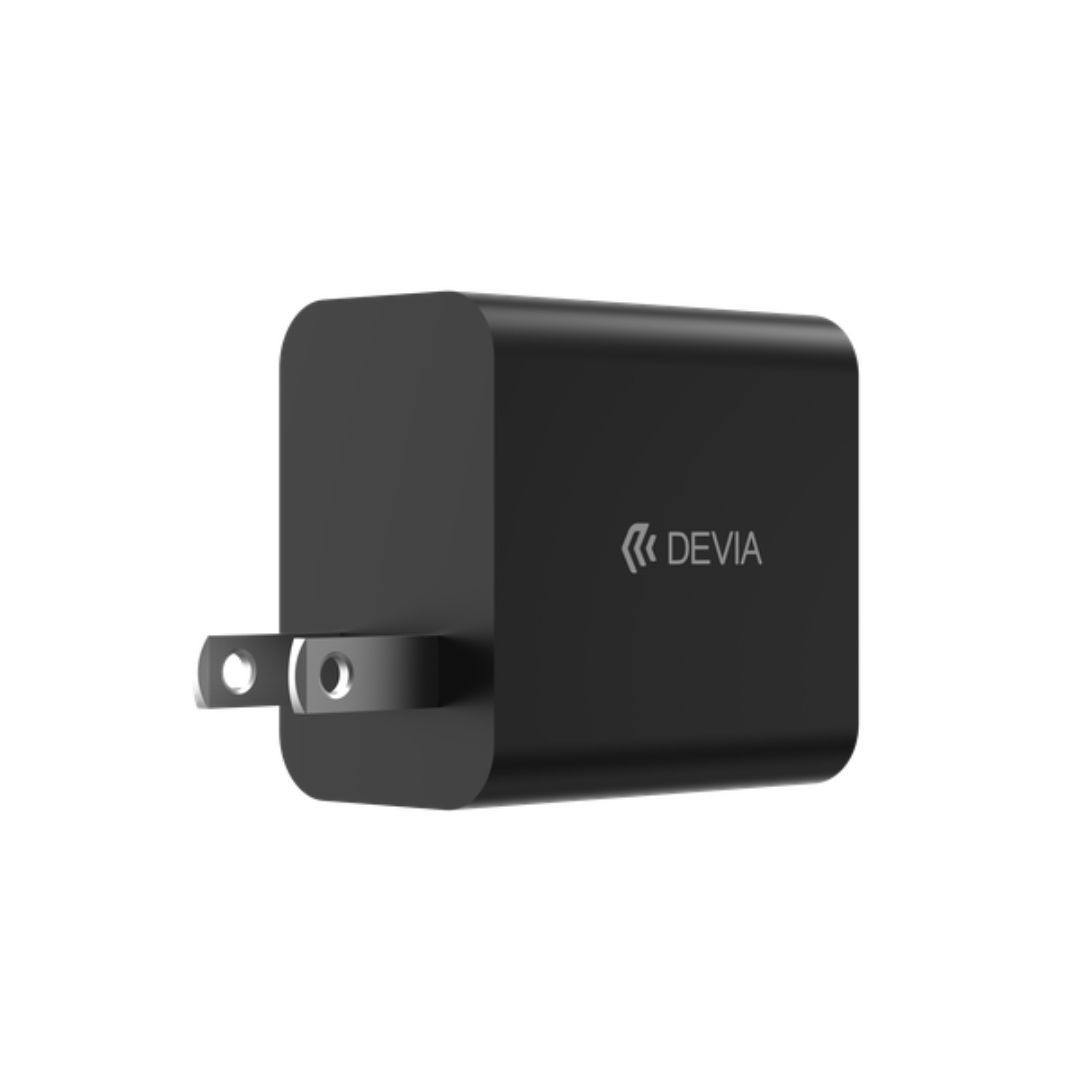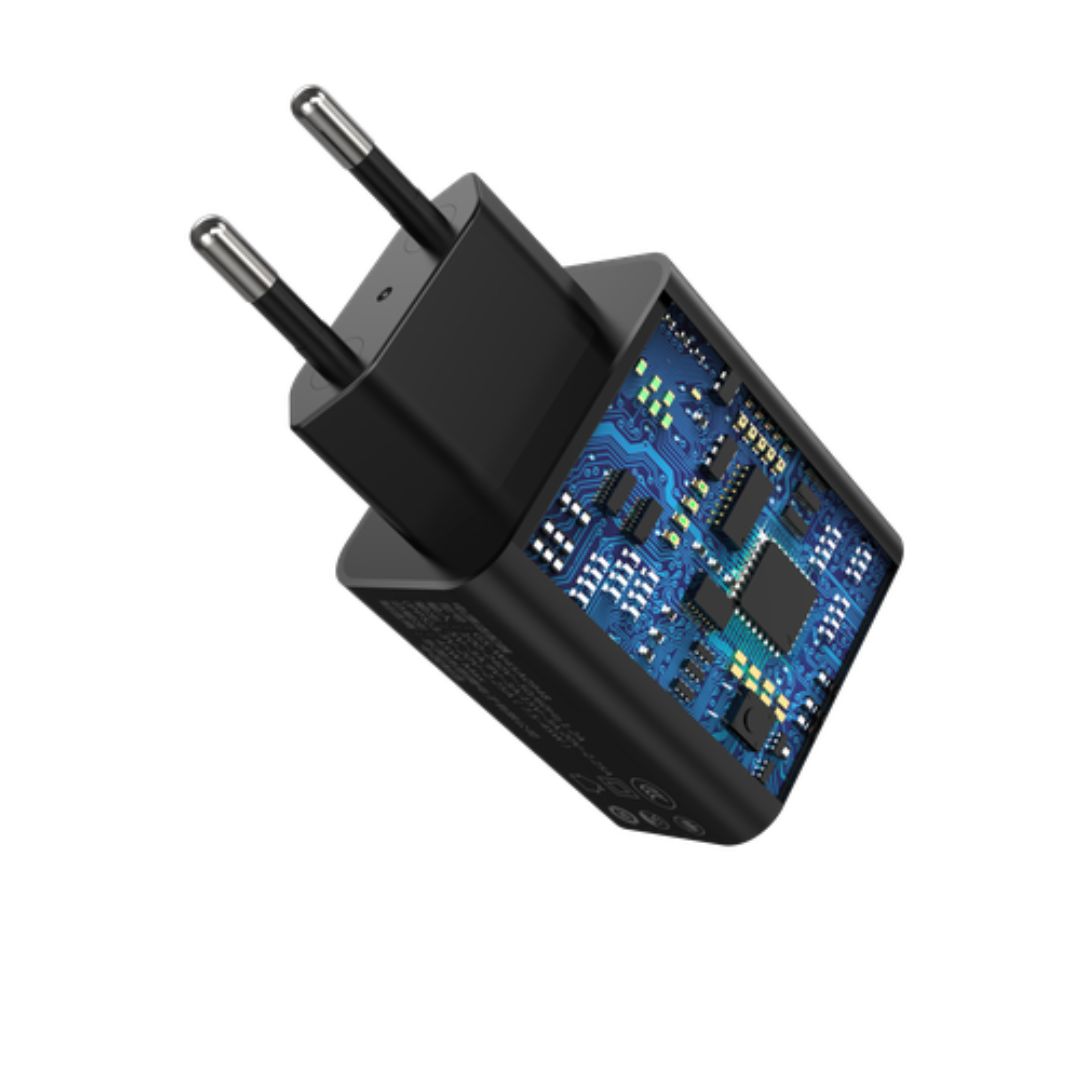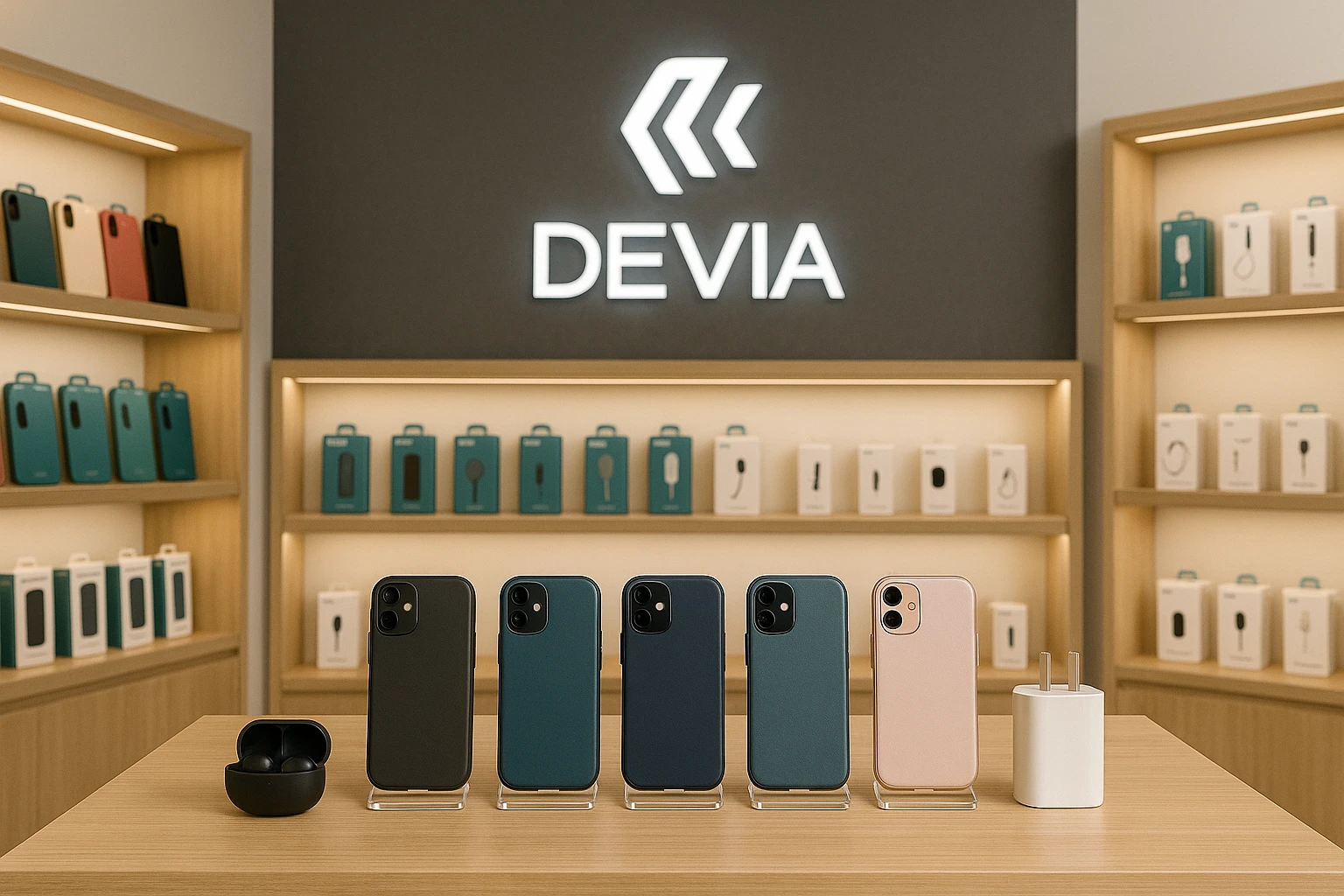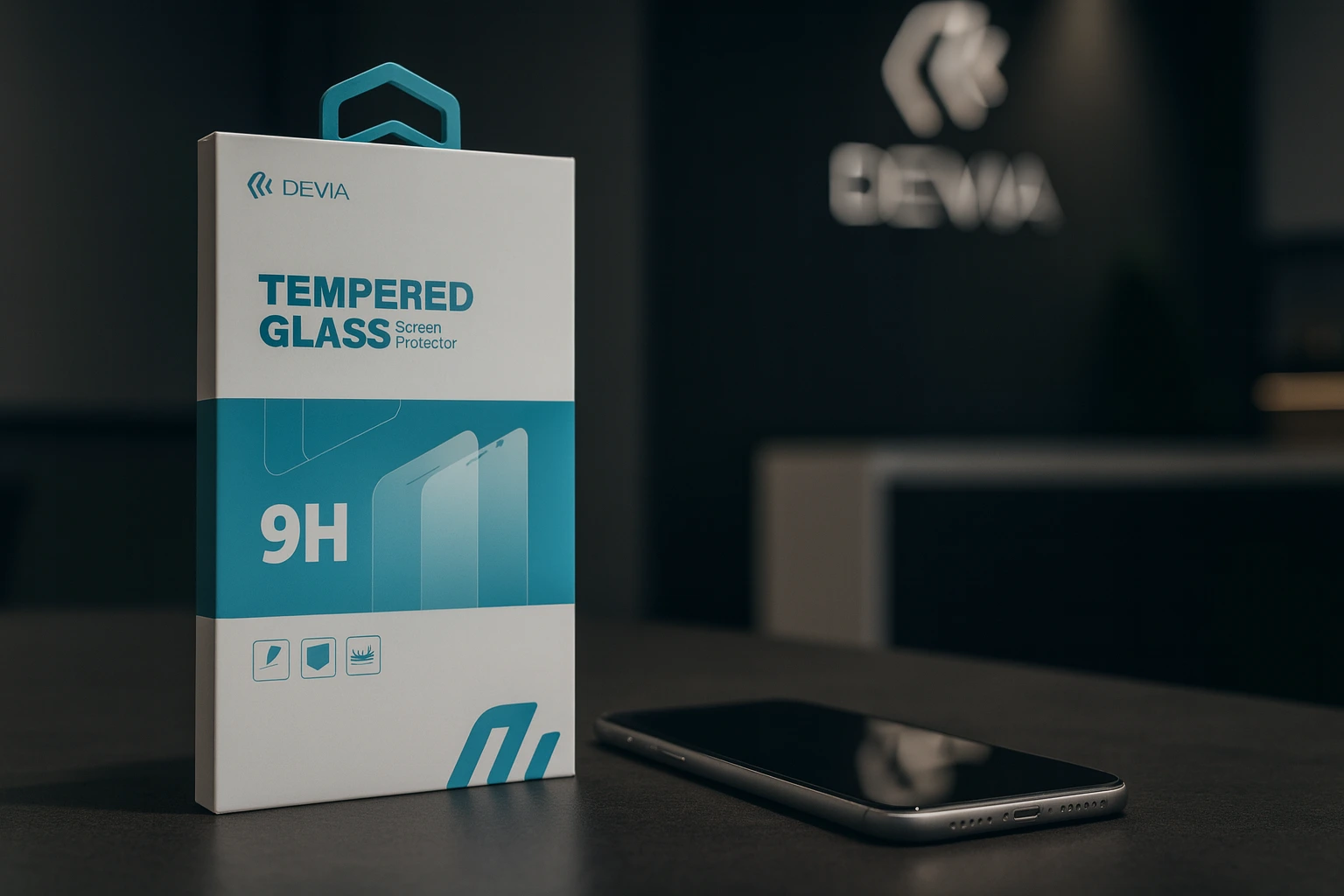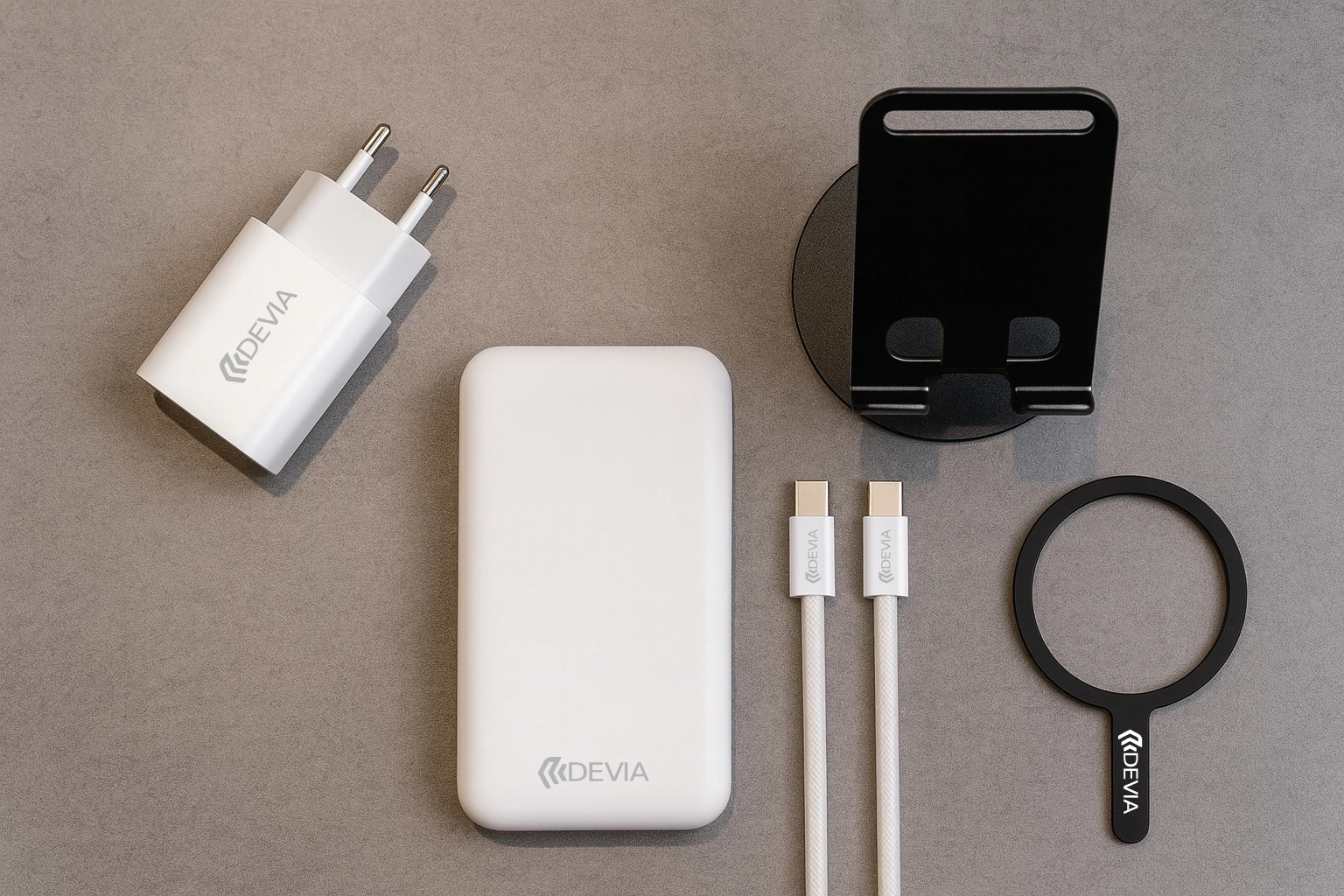Difference Between a 9H Screen and a Tempered: Which Is Better for You?
In today’s smartphone-driven world, screen protection has become one of the most essential parts of every device. Whether you manage a tech store, a phone accessories shop, or a distribution business, you’ve probably asked yourself — what’s the difference between a 9H screen and a tempered protector?
At Devia Global, we believe that protecting your customer’s investment starts with understanding the materials and technologies behind each type of screen film. With over 15 years of innovation in mobile accessories, Devia has built a reputation for creating products that combine durability, style, and precision.
Let’s dive deep into the details so you can confidently guide your clients — and boost your business with the right choice.
1. Understanding the Basics: What Is a Screen Protector?
Before we analyze the difference between a 9H screen and a tempered, it’s important to understand the basics. A screen protector is a thin layer of material placed over the device’s display to guard against scratches, cracks, and fingerprints.
There are two main categories dominating the market: tempered glass and 9H hydrogel or nanofilm protectors.
While they might look similar, they perform very differently — especially when it comes to flexibility, hardness, and touch sensitivity.
2. What Is a Tempered Glass Protector?
Tempered glass protectors have been around for years and are known for their rigid, glass-like surface. The “tempered” part refers to the manufacturing process — glass is heated and rapidly cooled to increase its hardness and durability.
Main characteristics of tempered glass include:
-
Hard surface (rated up to 9H)
-
High transparency
-
Strong resistance to impact
-
Smooth touch feeling
However, this type of protector has some limitations. It can crack easily upon impact, it’s less flexible, and it doesn’t always adapt well to curved screens — a major disadvantage as smartphone designs evolve.
3. What Is a 9H Screen Protector?
Here’s where the confusion often begins. Many people think “9H” refers exclusively to glass hardness, but modern 9H screen protectors are actually hydrogel or hybrid films infused with nano-coating technology.
The “9H” rating measures the pencil hardness scale, meaning the film can withstand scratches from a 9H hardness pencil — one of the hardest levels for consumer products.
Unlike traditional tempered glass, 9H screen protectors by Devia are:
-
Flexible and shock-absorbent
-
Ultra-thin and self-healing
-
Resistant to scratches and fingerprints
-
Compatible with all screen curves and edges
They combine the flexibility of hydrogel with the hardness of tempered glass — making them ideal for modern smartphones with edge-to-edge displays.
4. The Real Difference Between a 9H Screen and a Tempered
Now, let’s get straight to the heart of the matter — the difference between a 9H screen and a tempered protector lies in composition, flexibility, durability, and technology.
| Feature | 9H Screen Protector | Tempered Glass |
|---|---|---|
| Material | Hydrogel + Nano Coating | Hardened Glass |
| Flexibility | Highly Flexible | Rigid |
| Hardness | 9H on pencil scale | 9H on Mohs scale |
| Impact Resistance | Absorbs shocks | Disperses shocks |
| Touch Sensitivity | Excellent | Moderate |
| Compatibility with Curved Screens | Perfect fit | Often lifts at edges |
| Self-healing | Yes | No |
| Thickness | Ultra-thin | Thicker |
| Durability | Long-lasting, flexible | Strong but fragile |
Both provide protection, but the 9H film offers adaptability and a smoother user experience, especially for modern curved or bezel-less screens.
5. Why “9H” Doesn’t Always Mean the Same Thing
A crucial part of understanding the difference between a 9H screen and a tempered protector is knowing how the hardness is measured.
In the pencil hardness scale, “9H” means the film resists scratches from a pencil rated 9H — not diamonds or steel. Tempered glass, on the other hand, may claim “9H” but refer to a different measurement method (Mohs scale).
So, when comparing products, always check the manufacturer’s test method. At Devia Global, all protectors undergo strict quality tests to ensure genuine 9H resistance and impact performance.
6. The Science Behind Devia’s 9H Film Technology
Devia’s engineers designed the Ultra Film 9H series with smart nanotechnology that absorbs impact energy instead of cracking.
Each layer plays a key role:
-
Nano-Coating Layer: Repels oil, dust, and fingerprints.
-
Flexible Shield Layer: Absorbs shock from drops and impacts.
-
9H Hardness Layer: Prevents scratches and micro-abrasions.
-
Adhesive Base: Ensures perfect fit and bubble-free installation.
This multi-layer construction creates a perfect balance — protection without losing touch sensitivity or clarity.
7. Touch Sensitivity and Visual Clarity
One of the most noticeable differences between a 9H screen and a tempered is the touch experience.
Tempered glass feels smooth but can sometimes cause slight lag, especially on curved or edge-sensitive phones. 9H hydrogel films, on the other hand, are ultra-responsive, matching the original feel of the phone screen.
Additionally, 9H films maintain better light transmission, resulting in clearer colors and brighter visuals. This makes them ideal for high-end displays like AMOLED and Retina screens.
8. Impact Resistance: How Each Protector Reacts to Drops
Let’s talk about real-world protection.
When a phone with tempered glass falls, the glass protector absorbs impact but usually cracks in the process. It sacrifices itself to save the screen — but it means replacement costs and inconvenience.
With a 9H screen protector, impact is absorbed and dispersed across flexible layers, reducing the chance of visible cracks. That’s why many retailers now prefer offering Devia’s 9H films as a premium upgrade — they last longer and perform better under repeated shocks.
9. Durability and Maintenance
Another important difference between a 9H screen and a tempered protector is how each handles daily wear.
Tempered glass protectors may show cracks or chip at the edges over time. Once damaged, they lose protection efficiency.
9H protectors are self-healing, meaning minor scratches gradually disappear thanks to their elastic polymer surface. This makes them ideal for retailers who want to offer long-lasting, high-quality protection with minimal maintenance.
10. Installation and Customization with Devia Plotters
For store owners and distributors, installation matters as much as quality.
Tempered glass protectors are pre-cut and rigid — they only fit specific models. That means you need large inventories and can’t customize them.
Devia’s 9H Ultra Films, however, can be cut on-demand using the Devia Ultra Plotter, giving businesses total flexibility.
With one roll of film, you can cut protectors for any smartphone, smartwatch, or tablet — instantly.
This difference is revolutionary for retailers. Instead of managing hundreds of SKUs, you only need film rolls and a plotter. That’s how Devia helps businesses scale efficiently while offering personalized service.
11. Compatibility with Curved and Edge Displays
Modern devices like Samsung Galaxy S, iPhones with rounded edges, and Huawei models have complex screen shapes.
Tempered glass struggles to adhere properly to these surfaces, often lifting or trapping air bubbles.
9H films, on the other hand, flex and mold perfectly to any contour, ensuring complete edge protection. This flexibility gives a premium look and feel — something every retailer’s customer notices immediately.
12. Aesthetic Differences: How They Look and Feel
While performance matters, visual appeal also counts.
Tempered glass tends to add extra thickness and can slightly change the look of the display. It often feels like an extra layer on top.
The 9H screen film blends seamlessly into the screen, maintaining the original aesthetics and touch feel. Customers who value minimalism and premium finishes always prefer 9H protectors for this reason.
13. Cost and Value: What’s Better for Retailers?
When comparing costs, tempered glass seems cheaper at first — but consider logistics, waste, and replacements.
With 9H films and a Devia Plotter, retailers can:
-
Cut protectors for thousands of models on demand.
-
Reduce inventory space.
-
Avoid model-specific shortages.
-
Offer fast, customized service.
This flexibility dramatically increases profitability, especially for wholesalers and tech stores serving diverse phone models.
14. Environmental Impact
Sustainability is becoming a key factor in retail decisions.
Tempered glass protectors generate more waste and require full replacement after damage. 9H films, on the other hand, reduce waste since they are lighter, flexible, and can be cut efficiently — minimizing packaging and transportation needs.
By switching to Devia’s 9H system, distributors and stores can align with global eco-friendly trends without compromising product quality.
15. Common Myths About 9H vs Tempered Glass
Let’s debunk a few myths that often cause confusion:
-
Myth 1: “9H films are softer.”
→ Fact: Devia’s 9H films are flexible but not weak — they’re engineered to resist pressure while maintaining elasticity. -
Myth 2: “Tempered glass protects better.”
→ Fact: Only if the impact is straight and surface-level. 9H films perform better with drops and curved surfaces. -
Myth 3: “Hydrogel films scratch easily.”
→ Fact: Devia’s nano-coated 9H films resist daily scratches and even self-repair small marks.
Understanding these facts helps you better explain the difference between a 9H screen and a tempered protector to your customers.
16. Devia Global: Quality That Redefines Protection
At Devia Global, we’ve spent over a decade redefining the meaning of quality in mobile accessories.
Our philosophy is simple: deliver premium, durable, and beautifully designed products that empower retailers worldwide.
We specialize in:
-
9H Ultra Films
-
Cutting Plotters
-
Back Design Films
-
Chargers, cables, audio devices, and more
Operating in over 120 countries, Devia supports thousands of partners in achieving growth, innovation, and customer satisfaction.
17. Which Should You Recommend to Your Customers?
When deciding between 9H screen protectors and tempered glass, ask yourself:
-
Do your customers want flexibility and premium finish?
-
Do they use newer phones with curved displays?
-
Do you want to simplify inventory and increase profit?
If your answer is yes, 9H films are the future.
They’re lighter, smarter, and designed for modern demands.
That’s why Devia distributors and partners worldwide are transitioning to 9H Ultra technology.
18. Retail Insights: What Customers Prefer
Studies show customers value:
-
Touch sensitivity (92%)
-
Edge-to-edge protection (88%)
-
Durability (85%)
-
Easy installation (82%)
All these factors favor 9H hydrogel films. Retailers who demonstrate both protector types side by side often find customers instantly prefer the 9H version after a touch test — proving the difference is not just technical, but experiential.
19. Choosing the Right Supplier
Not all 9H films are equal.
To guarantee quality and long-term results, choose brands with verified production standards, certified materials, and reliable distribution.
Devia Global stands out for:
-
Continuous R&D investment.
-
Global logistics network.
-
Dedicated support for retailers and distributors.
-
Consistent quality control across all products.
That’s why when you search for the difference between a 9H screen and a tempered film, Devia is always at the top — because it’s not just about selling protection, it’s about building trust.
20. The Future of Screen Protection
The market is shifting fast.
Traditional tempered glass will gradually give way to smart, adaptive films that protect, personalize, and even repair themselves.
Devia is leading this revolution, with technology that connects design, innovation, and sustainability.
If you’re a retailer or distributor, now is the time to upgrade your catalog and join the new era of protection.
Conclusion: Choose Smarter, Protect Better
Now that you know the full difference between a 9H screen and a tempered protector, the choice becomes clear.
Tempered glass may have been the standard, but 9H films represent the evolution — smarter, sleeker, and more profitable for your business.
Your customers will feel the difference, and your brand will stand out as a premium provider of advanced mobile protection.
👉 Ready to upgrade your store’s offering?
Talk directly with a Devia specialist today at How to calibrate the new Ultra plotter.

